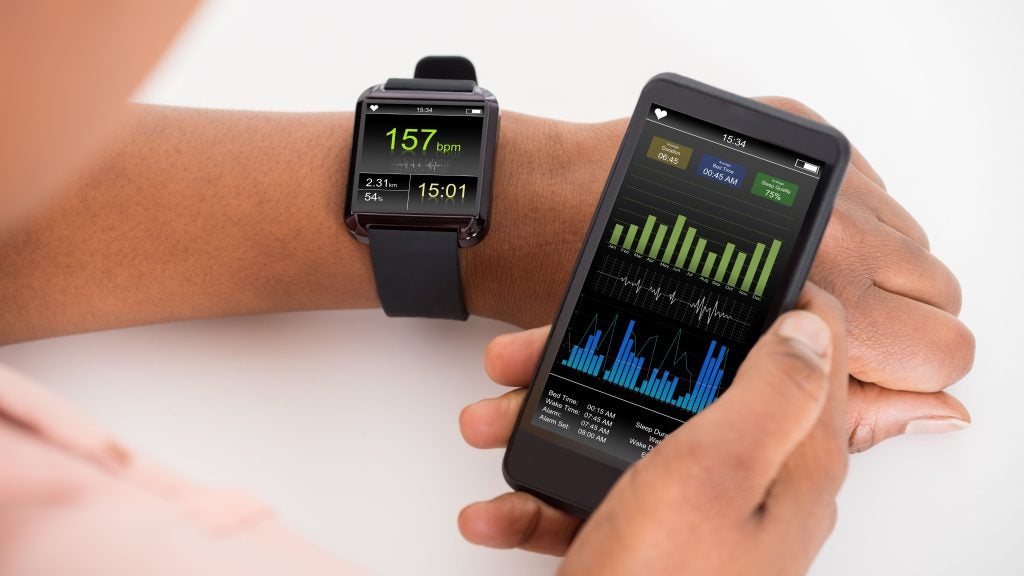To run a clinical trial of any size or magnitude requires patience. When dealing with streams of data from various labs, it takes a robust and structured process to manage it all. Managing clinical trial data efficiently is integral to a trial's success. If you look to the FDA, clinical data management is defined as "a process of implementing a reliable method for collecting, processing, managing, and conveying data in a manner that protects subjects' rights, and insures data integrity."
On the topic of ensuring the integrity of the data, experts find that while collecting data isn't a problem it is how to handle the submissions that is the issue. Moreover, sponsors in a majority of cases have to receive submissions in various different formats. And that's before factoring third-party data into the equation. In clinical trials, in addition to collecting data from the sites on the case report form (CRF), sponsors may also receive data electronically from vendors, depending on the scope of the trial. At which point, the challenge becomes one of having to align all the different formats to create a consistent package to submit.
Nevertheless, when working to tight schedules, there is a pressing need to process the data as quickly as possible after the first patient, first visit. While this process can be arduous, the general sentiment among industry professionals is that there's still major room for improvement. For any company, working in the current climate of clinical research, sponsors have to harmonize everything that's submitted, which takes time.
In oncology trials, that can be a sticking point, especially when managing data from local labs. Local labs are used to analyze test results and data collected from its respective site. Over the last few decades, the industry has adopted the central lab model, which allows companies to collect and analyze data from one centralized laboratory.
In many oncology trials, however, sponsors use local labs to consolidate their data. Furthermore, there is a concerted pressure – applied by sponsors – on investigative sites to produce results on a quick turnaround after they draw the sample, making it difficult to ensure there's no bias to get the right results. And when it comes to a trial where the data are sent to local labs, data analysts are receiving data with varying ranges from each individual lab. Consequently, data experts lament over how time consuming it can be to get the ranges, enter them into a standardized format, before having it approved by a QP (qualified person).
See Also:
"In doing a clinical trial, you have different assessments, some of which are related to the blood sample, where it's analyzed by a laboratory," said one senior data manager. "In most cases, we use a central lab to accrue the data. The samples are sent to a central place with the analysis carried out using the same system with the same ranges, which is easy to manage."
How well do you really know your competitors?
Access the most comprehensive Company Profiles on the market, powered by GlobalData. Save hours of research. Gain competitive edge.

Thank you!
Your download email will arrive shortly
Not ready to buy yet? Download a free sample
We are confident about the unique quality of our Company Profiles. However, we want you to make the most beneficial decision for your business, so we offer a free sample that you can download by submitting the below form
By GlobalDataNevertheless, the expert said there are other studies where their company can't go to a central lab due to the amount of time it takes to send samples and get the results back to the investigator. In this case, they would analyze the sample directly at the site. So if it's in a hospital, for example, the sample will be analyzed in the laboratory at the hospital to get the results quickly, so they can enroll the patient and adjust the dosage if necessary depending on the lab result.
The problems that arise here are logistical because the data are coming in from different sites, sometimes located in different countries. These issues, experts agree, are common to oncology trials. So what can be done? Some argue better tracking of the data, as well as centralizing the local ranges would be good starting points.
Despite the FDA having established guidelines for companies on how to format clinical data, critics argue there's a lot of room for interpretation. To guard against these problems, sponsors must consider how to process their data from the preclinical stage. What's more, sponsors (and their CROs) need to ensure they're compliant with the format they establish.
References:
The Local Central Lab Model – http://www.appliedclinicaltrialsonline.com/local-central-lab-model-0
Strategies for Clinical Data Management – http://www.fda.gov/downloads/AboutFDA/CentersOffices/CDER/UCM196494.pdf







